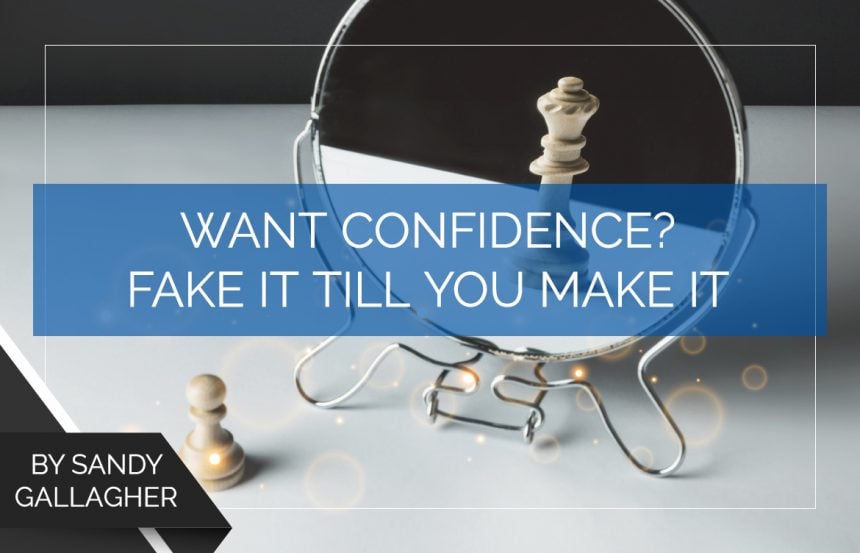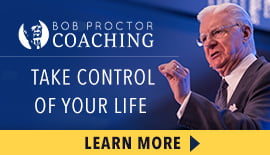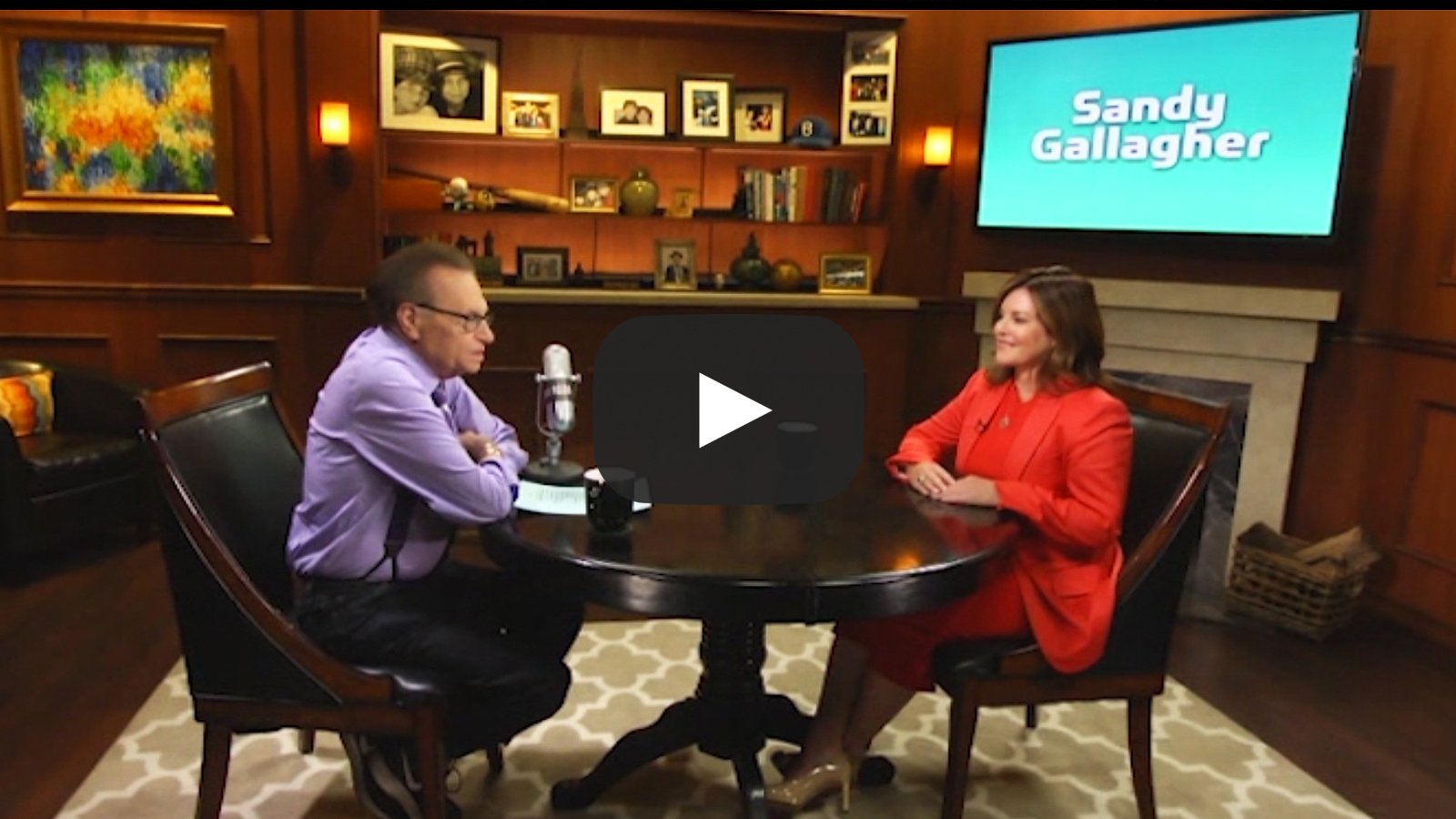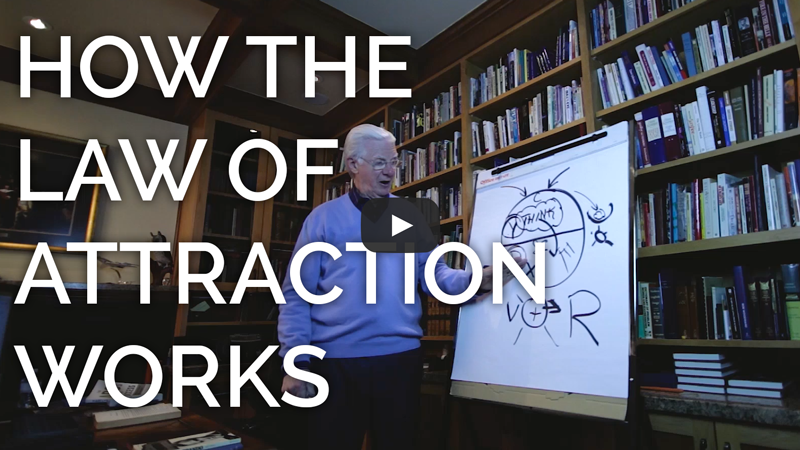
Imagine for a moment that you’re in a professional setting, and you are asked to do something you’ve never done before.
Although it’s something you are (and should be) familiar with, you feel vulnerable and exposed.
So, what do you do?
You step up and take a swing.
And if you do one or more of the following things, there’s a good chance the experience will be better than you think.
• Take Charge of Your Body
How you feel and the way you behave are very much intertwined with how you move your body.
For instance, if you walk and move with purpose, poise, and energy, it not only makes you feel more confident, you also give off an air of self-assurance. And adopting a power pose, even when you’re worried or scared, can make you feel more self-assured and increase your chances for success.
Also, breathing deeply and slowly, making and holding eye contact, and offering a genuine smile can make you feel more confident right away.
• Change Your Perspective
How you perceive or interpret your circumstances affects how you respond. In other words, how you interpret things will affect the choices you make and the actions you take in each situation.
When you’re feeling vulnerable, play around with how you’re interpreting the situation. Recognize that a simple shift in your perception can make a situation work for you rather than against you.
Changing your perspective won’t eliminate all your fears and insecurities, but it can make it easier to move forward.
For example, instead of looking at an unknown situation as scary or something that will make you look bad, choose to see things differently. Instead of seeing it as a problem, think of the situation as a fantastic opportunity for you to shine.
By changing your perspective, you put yourself in a more favorable position to step outside of your comfort zone and move toward something bigger.
• Be Expectant but Realistic
Always expect the best as you move into and through the situation. However, don’t set an expectation that everything will go perfectly the first time. Leave room for mistakes or even failure, realizing that you can learn from your mistakes.
Of course, I’m not saying to set expectations that are lower than you deserve. You should never aim for mediocrity. However, aiming to be average might be a good starting point, especially if you’re starting well below that bar.
Remember, in the beginning, you’re faking it. Real self-confidence comes with time.
More suggestions for building confidence
Taking charge of your body, changing your perspective, and setting realistic expectations can help you appear more confident when you’re facing a scary or challenging situation.
And regularly engaging in the following practices will help you build your overall confidence as you are growing into the person you want to be.
Practice Visualization
Visualization is creating a picture of something you want in your mind and holding it there with your will until you attract everything you need to fulfill the picture.
So, take a few minutes a couple of times a day to practice seeing yourself as the successful, confident person you want to be. Vision directs your life—whether you’re aware of it or not. So, become conscious of how you see yourself and let your vision create the life you really want.
Use Autosuggestion to Increase Your Confidence
This practice involves creating positive statements about yourself and then verbally repeating the statements to yourself (while looking in the mirror, if possible) until your subconscious mind adopts the idea and changes your behavior.
Or, as Napoleon Hill put it, “autosuggestion is playing a perfectly legitimate trick on your subconscious mind.”
You see, the more often you repeat a statement that will increase your confidence, the more you believe it. As your belief increases, so will your emotions, and you’ll start to say the statement with feeling. Once the subconscious mind receives any “emotionalized” instructions, it must hand over to you a practical plan for achieving the goal.
Act as If You’re Someone Else
Do you have a mentor you look to for guidance, direction, or inspiration?
Whether you do or don’t, the important thing to realize here is that there are people out there that have done what you are now aspiring to do. They have adopted a very specific mindset and done things in a certain way that allowed them to move through problems and setbacks successfully.
And if they did it, then so can you.
So, in the initial stages of your journey, model the mindset and behavior of someone who has been very successful doing what you want to do.
To begin this process, think about someone you admire or about someone who is very competent and confident in the area you are trying to master. Now ask yourself:
How does that person dress, think, and act each day? What are their routines? What would it be like if I was this person for a day?
If I was this person, how would I deal with the current predicament I face? What specifically would I do? How would I think and speak to myself and others?
How would I sell myself and my ideas? How would I approach problems? How would I make decisions, and what decisions would I make?
The point is to put yourself into the other person’s shoes and live through situations from their perspective. Only in this way will you gain a deep understanding of how to think, act, behave, and approach each situation with supreme confidence.
Keep “acting as if” until you reach the stage where you have the confidence you need to move forward in your own way.
Have some fun with all these activities, and take some risks. You might even surprise yourself with what you’re able to accomplish.
To more and better,
Sandy Gallagher







